Teaching Climate Science? Leading Teachers and Scientists Explain NSTA’s New Position Statement and Answer Your Questions
By Cindy Workosky
Posted on 2018-09-14
 NSTA recently issued a position statement calling for greater support for science educators in teaching evidence-based science, including climate science and climate change. The statement promotes the teaching of climate science as any other established field of science and calls on teachers to reject pressures to eliminate or de-emphasize climate-based science concepts in science instruction. The statement acknowledges the decades of research and overwhelming scientific consensus indicating with increasing certainty that Earth’s climate is changing, largely due to human impacts. It also establishes that any controversies regarding climate change and its causes that are based on social, economic, or political arguments—and not scientific evidence—should not be part of a science curriculum. Read more about the statement and access climate resources at www.nsta.org/climate.
NSTA recently issued a position statement calling for greater support for science educators in teaching evidence-based science, including climate science and climate change. The statement promotes the teaching of climate science as any other established field of science and calls on teachers to reject pressures to eliminate or de-emphasize climate-based science concepts in science instruction. The statement acknowledges the decades of research and overwhelming scientific consensus indicating with increasing certainty that Earth’s climate is changing, largely due to human impacts. It also establishes that any controversies regarding climate change and its causes that are based on social, economic, or political arguments—and not scientific evidence—should not be part of a science curriculum. Read more about the statement and access climate resources at www.nsta.org/climate.
NSTA has asked a few members of the position statement panel to give science teachers further insights on important issues related to the teaching of climate science.
What are the key takeaways from NSTA’s position statement on the teaching of climate science?
When I think about classroom teachers, I know that they wish the best for their students, especially in preparing them for the challenges they will face once they leave school. In order to do that, and to best refine their own science knowledge and skills, teachers need the very best findings and tools that science can offer. They also need to know that other stakeholders will support them in the classroom. This position statement lays out a beacon in all of the noise that surrounds the teaching of the science of climate and climate change. The statement expresses not just the urgency and critical importance of understanding climate change, but also offers constructive tools for distinguishing science from non-science around climate change. It also lays out what teachers themselves should perhaps demand of other stakeholders if their students are to leave school with tools for resilience in dealing with future climate change effects and not face the future with sense of despair over the environment.
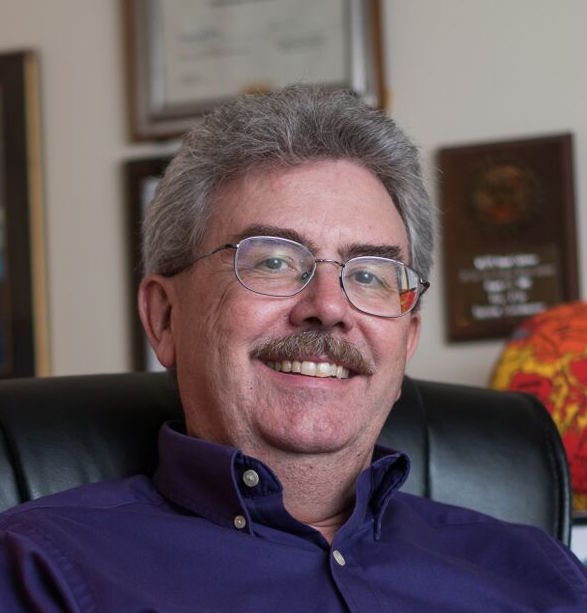
Eric J. Pyle (Chair)
Professor, Department of Geology & Environmental Science
Coordinator, Science Teacher Preparation, College of Science & Mathematics
James Madison University
Harrisonburg, Virginia
What challenges do K–12 teachers face teaching climate science and how can this statement help them?
This statement addresses three of the challenges that K–12 teachers face when teaching climate change: teacher-training, lesson planning, and networking.
Researchers and college faculty are reminded that all preservice and inservice teachers need exemplary and rigorous instruction in climate change. To teach climate change well, all teachers need a deeper understanding of the associated science and resulting social issues. No one course should bear the burden of teaching climate change and its consequences.
We understand that the mindset and strategies of teaching climate change should be no different than that of teaching any other established science. This requires accurate and appropriate vetted instructional resources. By integrating content from exemplary resource collections, teachers can create evidence-based, three-dimensional learning opportunities on climate change.
Strong networks encourage good teaching. We call on researchers, curriculum developers, administrators and peers to encourage teachers to strengthen content knowledge to plan and provide engaging and accurate instruction. These networks provide teachers a place to turn when challenged and give teachers the opportunity to question, reflect, and grow.
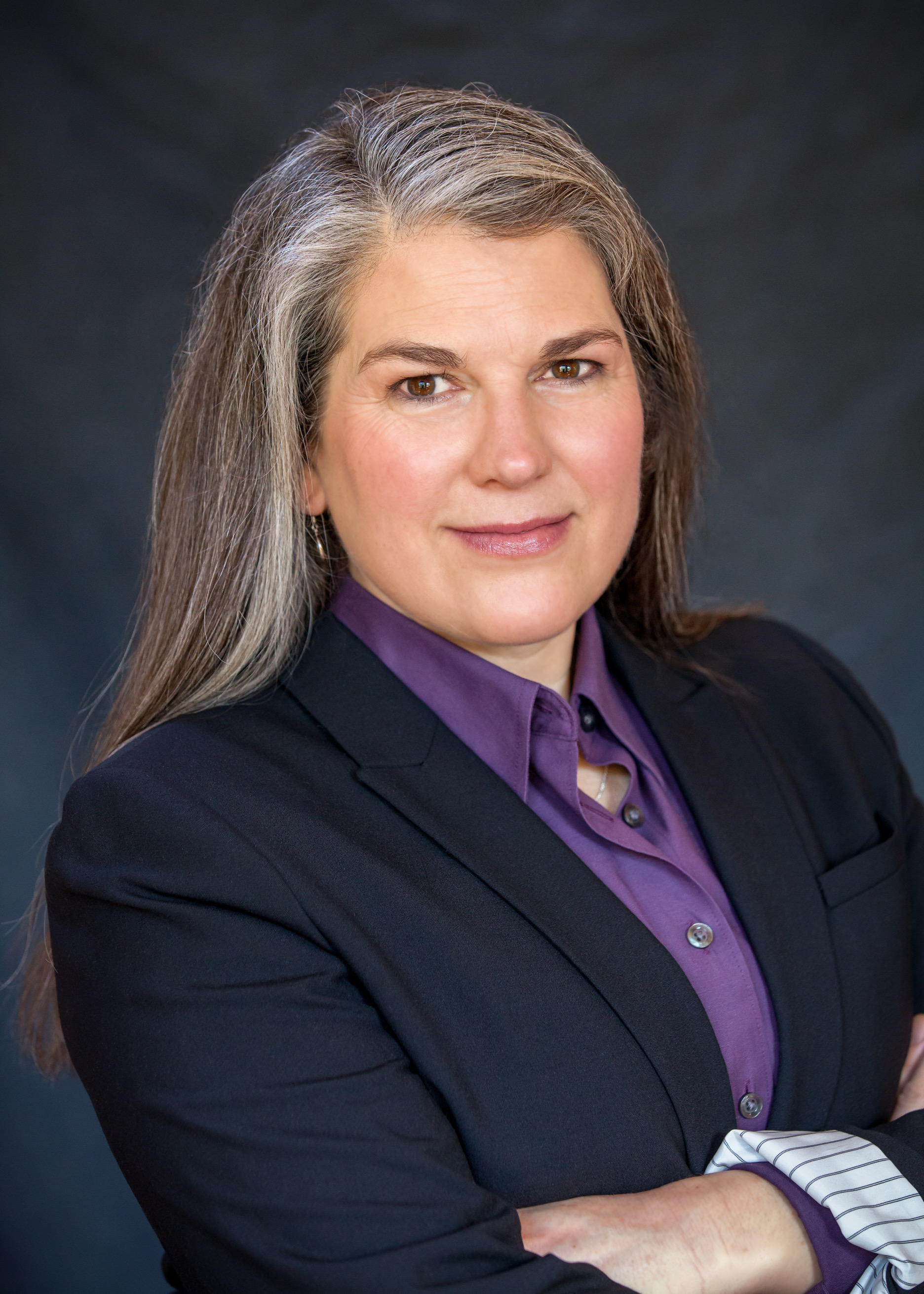 Cheryl Manning
Cheryl Manning
Past-President, National Earth Science Teachers Association
Science Teacher, Evergreen High School
Evergreen, Colorado
Can you clarify the difference between scientific argumentation and “debates” based on beliefs and opinions, not science?
The study of climate change allows students to delve into the very nature of science: How are scientific explanations, models, and theories constructed by the science community? How does the scientific community use peer review to come to consensus? How is a peer-reviewed explanation different from an individual belief or opinion?
While students may harbor beliefs or opinions regarding climate change— based on anything from political affiliation to personal experience with weather events—their individual beliefs and opinions do not inform scientific debate and do not constitute the empirical evidence used to support scientific explanations, models, or theories. So while there is no place in the science classroom to “teach the controversy” or to engage in “debate” about the existence or anthropogenic cause of climate change, there are plenty of opportunities to engage students in learning about the nature of scientific investigation and the process of constructing scientific explanations.
 Chris Geerer
Chris Geerer
6th-Grade Science Teacher
Parcells Middle School
Grosse Point Woods, Michigan
Do teachers have high-quality classroom resources to teach climate science effectively and where can they find them?
The interdisciplinary nature of climate science challenges science educators—who often don’t have formal training in climate science—to identify resources that are scientifically accurate before weaving them together into units that teach about the climate system. This is especially challenging as teachers are working to adjust how they teach science and engineering based on the recommendations of A Framework for K–12 Science Education and the Next Generation Science Standards (NGSS) that promote three-dimensional teaching and systems thinking.
To help, the Climate Literacy and Energy Awareness Network (CLEAN) is a comprehensive source of high-quality, NGSS-aligned resources that can be quickly and easily searched. The CLEAN project reviews over 30,000 digital and free related resources and provides over 700 peer-reviewed, classroom-ready resources on climate and energy topics. The CLEAN project also helps educators design NGSS-style, three-dimensional lessons about the climate system. The CLEAN portal also has a NGSS “Get Started Guide” that helps teachers integrate Disciplinary Core Ideas, Crosscutting Concepts, and Science and Engineering Practices based on the teaching strategy chosen for the lesson or unit topic. This model uses CLEAN-reviewed lessons as the core activity but provides the necessary framework for classroom implementation.
There are many other great resources and I encourage you to visit the NSTA Climate Science Resource page to access them.
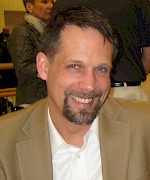 Frank Niepold
Frank Niepold
Senior Climate Education Program Manager
NOAA Climate Program Office
Climate Literacy and Energy Awareness Network (CLEAN) Co-Chair
Silver Spring, Maryland
What special challenges and opportunities are provided by the interdisciplinary nature of climate change as a topic?
If you only understand climate change from the perspective of the physical science that causes warming, you do not understand climate change deeply. The most important issues facing global society in the coming decades—climate, energy, water, and soil—are all deeply grounded in both climate science and social science. To understand these issues, we need to understand the Earth as a system of systems, and something about the interplay of those systems. The climate and how it changes are the products of the interactions of rock, soil, air, water, and life. Atmospheric dynamics are obedient to the laws of chemistry and physics. We humans are and have long been changing atmospheric chemistry and that is changing atmospheric dynamics. We care about how we are changing what the atmosphere does because our lives—and most life—depend upon it.
Understanding climate and how it changes requires understandings grounded in all the natural sciences. It is about biology, chemistry, physics, Earth and space science, and engineering. But the interdisciplinary nature of climate and climate change stretches beyond the sciences and across all the disciplines. Perhaps the mechanics of climate change can be understood in isolation, but what then is the point? Language, arts, and mathematics are all required for interpreting climate change’s causes and effects, and for communicating those ideas with others. Further, without the context of human history, economics, or culture such understandings are devoid of purpose.
While the psychological and social issues that push most of us to believe things demonstrably false has historically been outside the realm of the science classroom, I suggest that this be re-evaluated. History and literature can also help us to recognize that we have been telling apocalyptic stories for thousands of years—for as long as we have been telling stories—and the end of the world or of civilization has not yet come to pass. This is not to imply that climate change is not a grave threat. It is. Fortunately, history shows us that when existential threats have arisen in the past, we have risen to meet the great challenges. There is reason for hope.
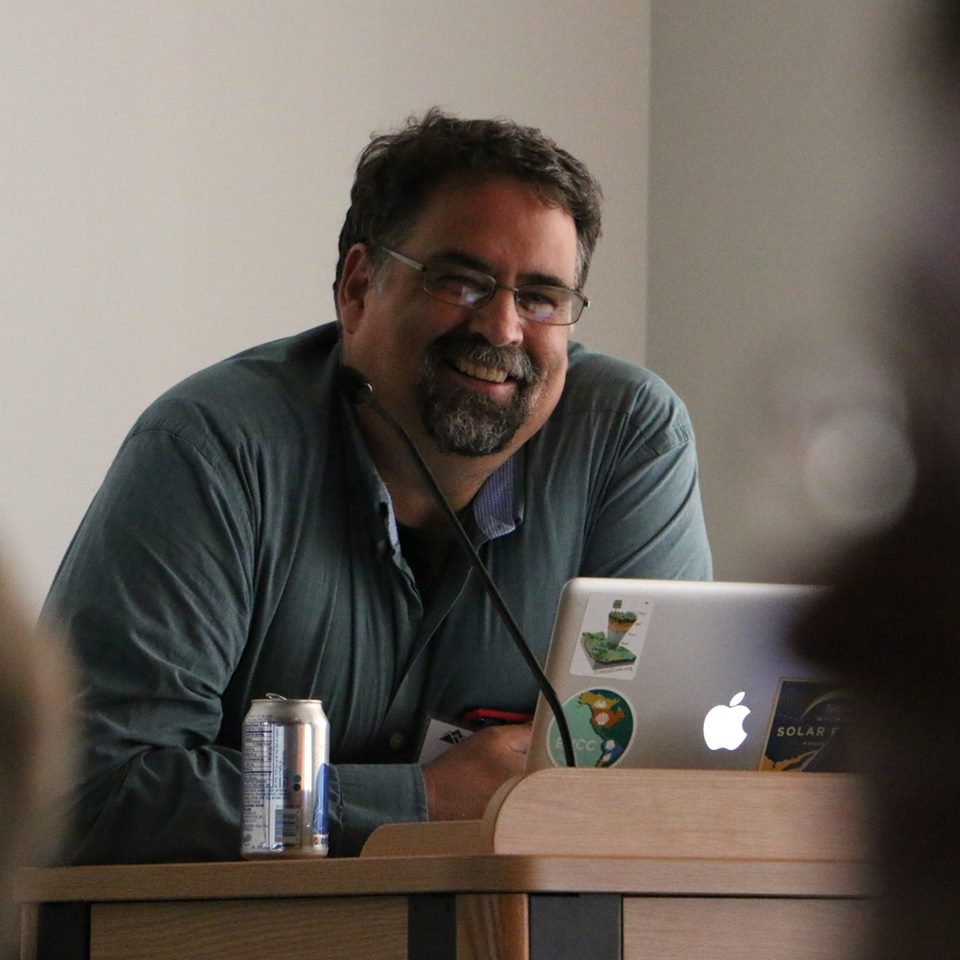 Don Haas
Don Haas
Director of Teacher Programming
The Paleontological Research Institution
Museum of the Earth & Cayuga Nature Center
President, National Association of Geoscience Teachers
Ithaca, New York
What is the role of climate science in new science standards and what does the statement say about it?
The NSTA position paper on the teaching of climate science is fully in line with the strong emphasis on climate change that appears in both the NRC’s A Framework for K–12 Science Education and in the ensuing Next Generation Science Standards (NGSS). In writing the Framework, the National Academy of Sciences identified a small number of “Big Ideas” to focus science standards. For Earth and Space Science (ESS), one of these Big Ideas is global climate change. In fact, the importance of this topic played a role in the recommendation that students receive roughly a year of geoscience instruction in both middle and high school. In addition, climate change is identified in 8 of the 17 NGSS ESS high school performance expectations and plays a role in many others. Twenty-six states participated in writing the NGSS and a majority have adopted or adapted them, so this NSTA position paper reflects the imperative of states to teach about climate change in public schools. Visit www.nsta.org/climate for links to specific weather and climate performance expectations for elementary, middle, and high school students.
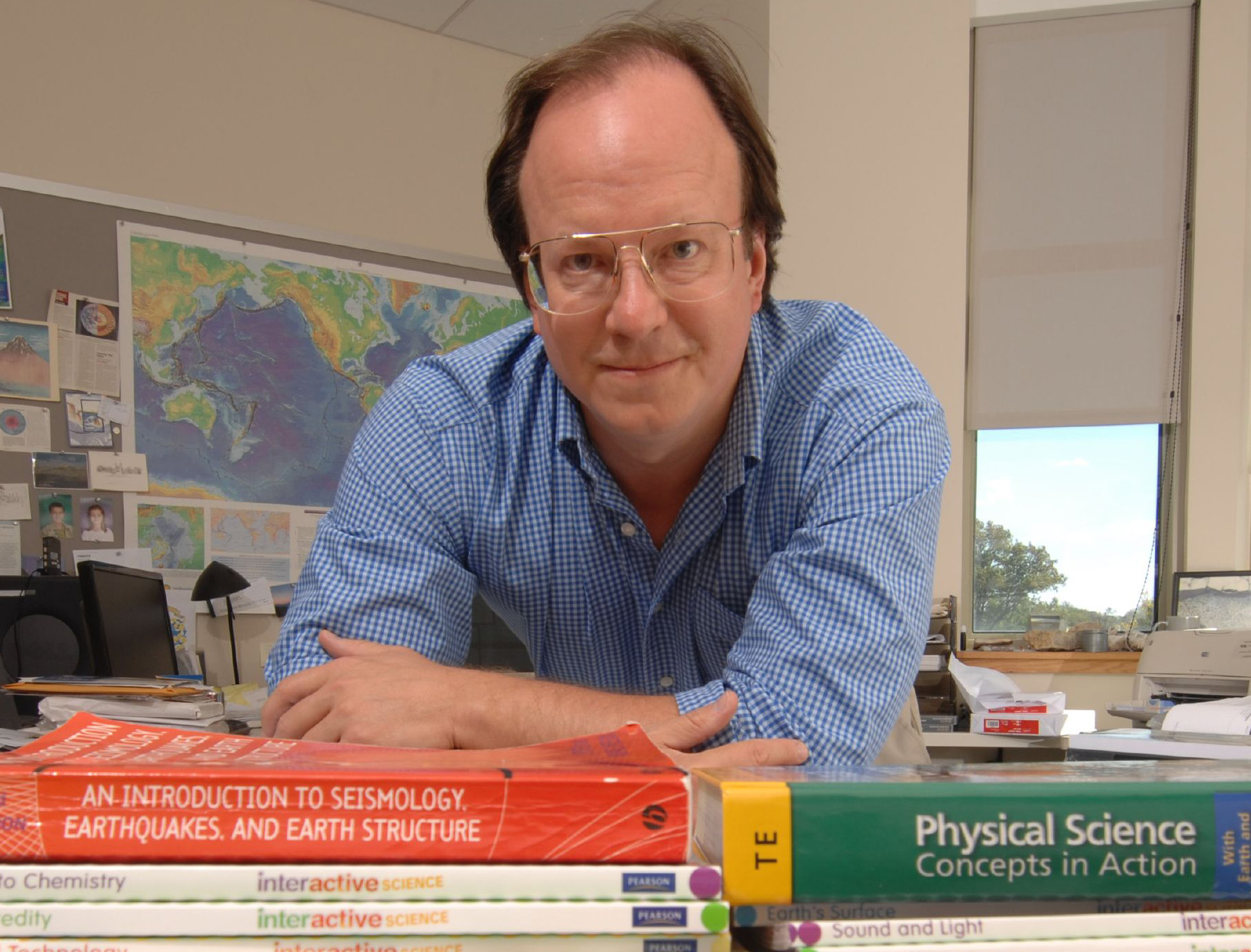
Michael Wysession
Professor of Earth and Planetary Sciences
Washington University
St. Louis, Missouri
NSTA would like to thank all the members of the position statement panel for their time, expertise, and leadership in developing the statement, and also the NSTA members who reviewed and provided feedback during its development.
The mission of NSTA is to promote excellence and innovation in science teaching and learning for all.
Future NSTA Conferences
2018 Area Conferences
2019 National Conference
Follow NSTA
Disclaimer: The views expressed in this blog post are those of the author(s) and do not necessarily reflect the official position of the National Science Teaching Association (NSTA).


